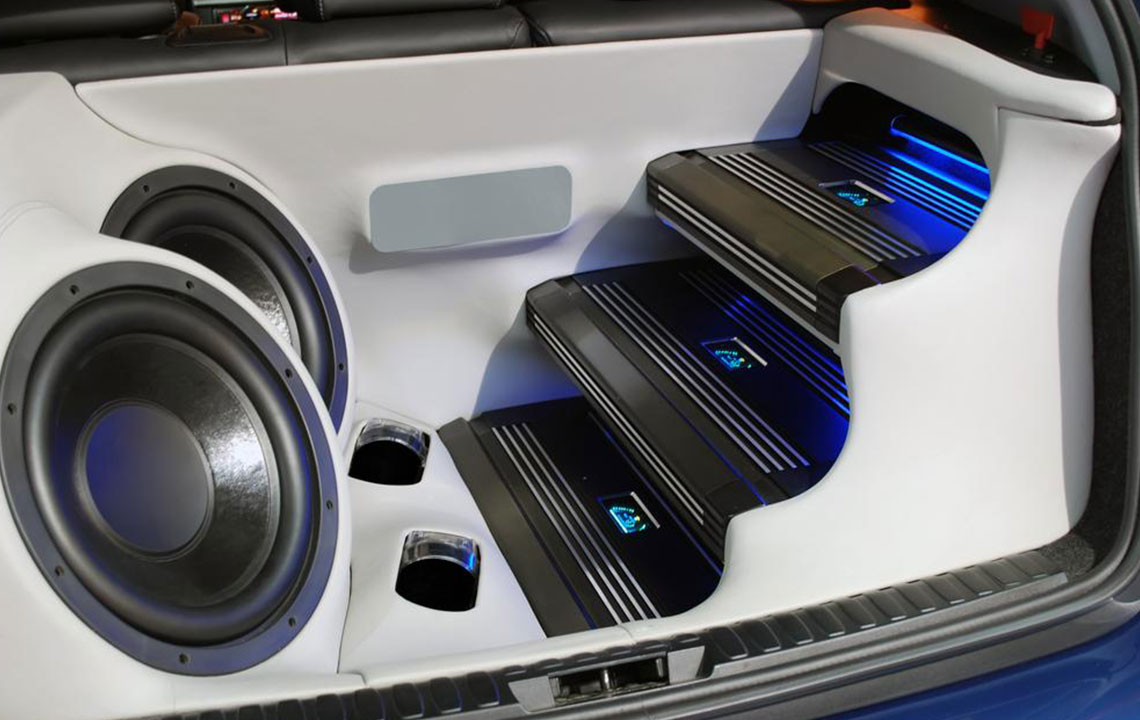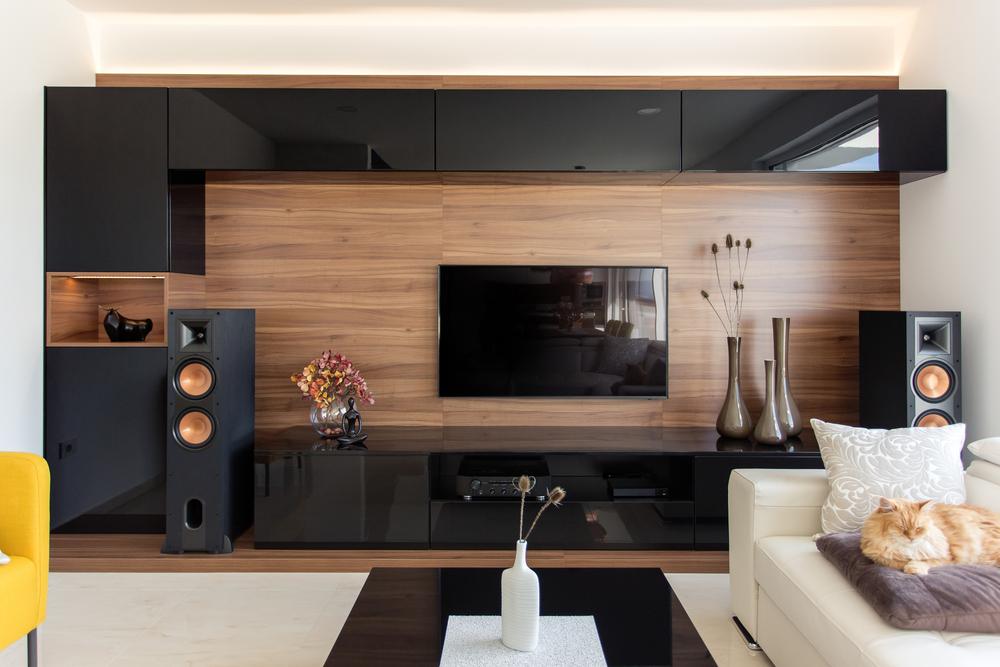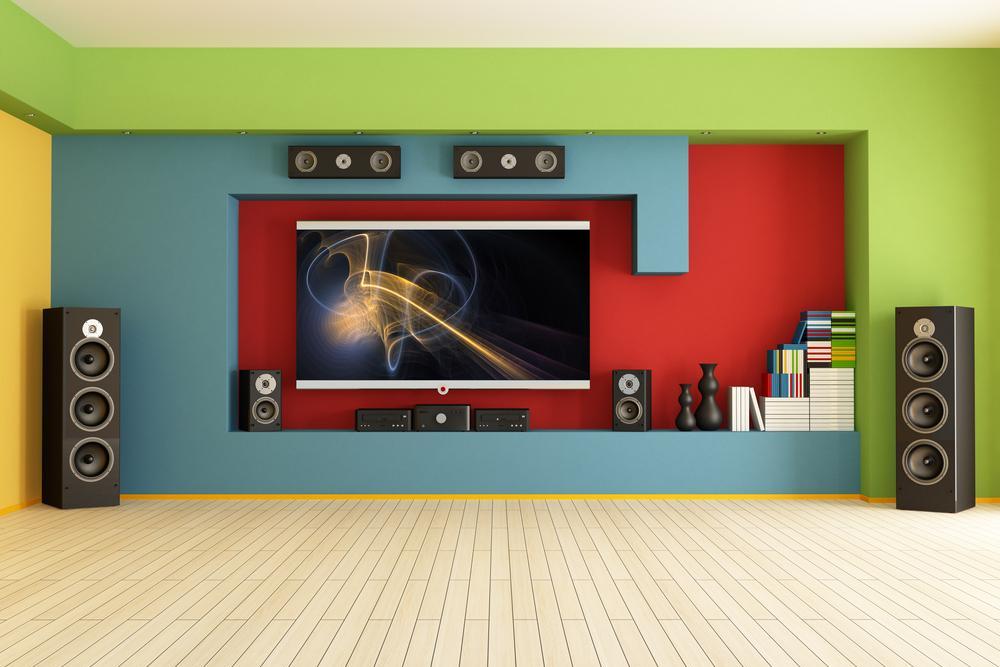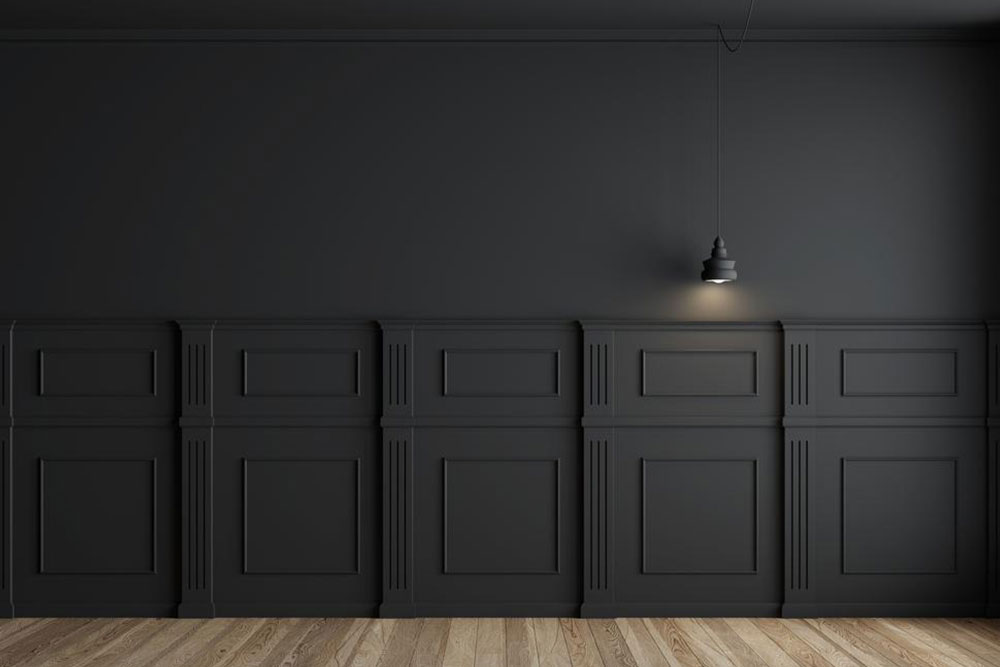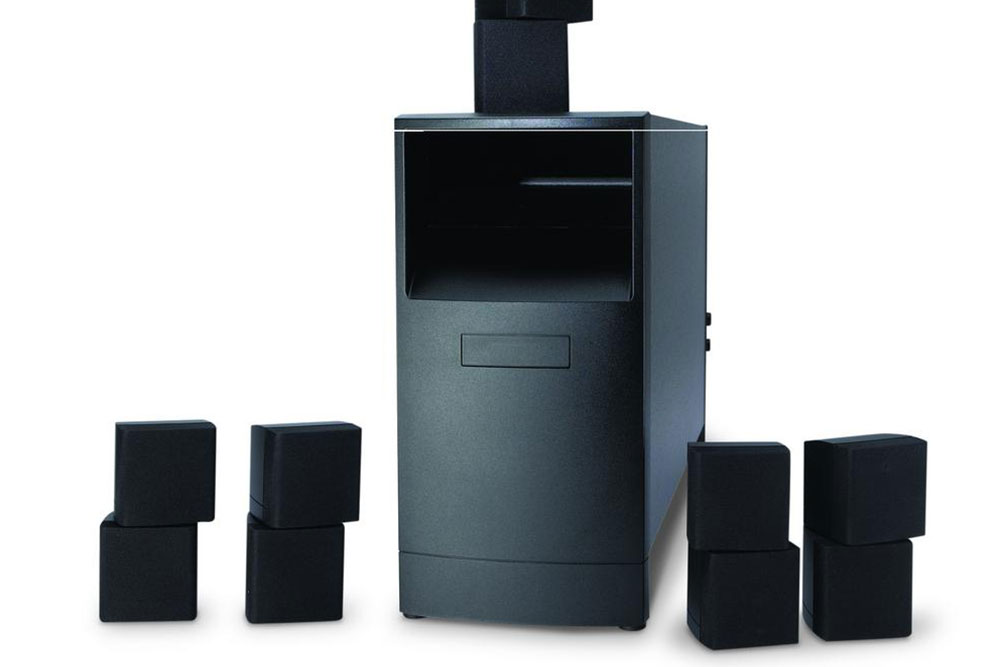Comprehensive Guide to Upgrading Your Car’s Audio System for Superior Sound Quality
Enhance your driving experience with expert tips to upgrade your car’s audio system. From installing high-quality speakers and amplifiers to soundproofing and tuning, this comprehensive guide helps you achieve superior sound clarity, rich bass, and balanced audio performance. Discover how to optimize your vehicle’s sound system for immersive listening on every journey, whether commuting or long-distance travel. Perfect for car enthusiasts seeking professional-grade audio quality without replacing their vehicle.
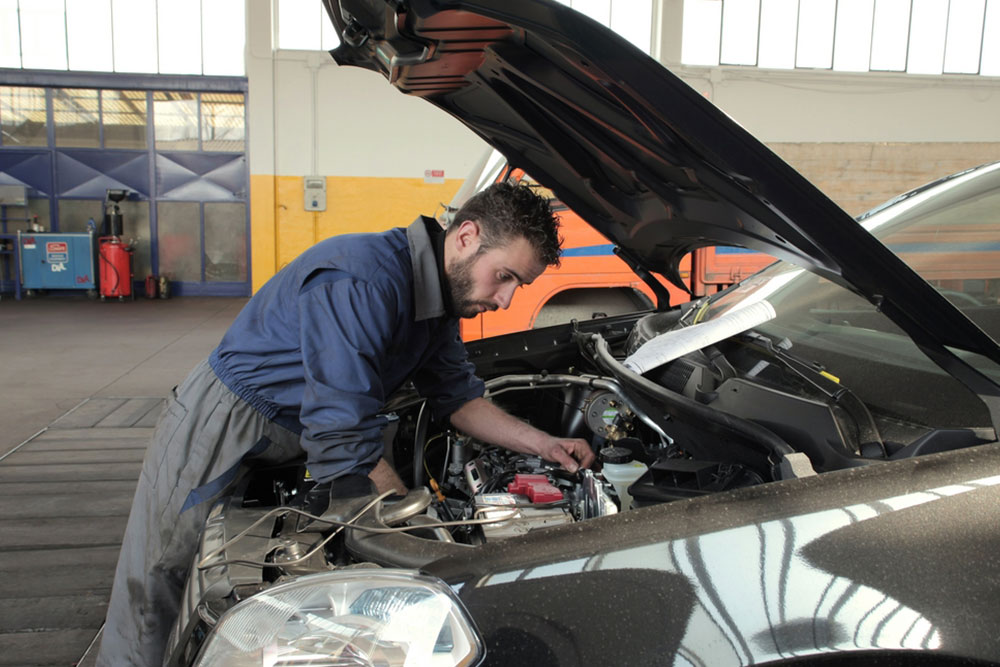
Comprehensive Guide to Upgrading Your Car’s Audio System for Superior Sound Quality
Driving with exceptional sound quality transforms your journey, whether you're commuting to work, embarking on a long road trip, or stuck in city traffic. A high-quality car audio system not only enhances the listening experience but also makes driving more enjoyable and immersive. The good news is that you don't need to buy an entirely new vehicle to enjoy premium sound; many upgrades are accessible and cost-effective. In this comprehensive guide, we will explore detailed strategies to optimize your car’s audio system for the clearest, most powerful, and richest sound possible.
Upgrade Your OEM Car Speakers for Better Clarity and Power
Most vehicles come equipped with standard factory-installed speakers. While these are adequate for casual listening, they often lack the clarity, response, and depth that audiophiles desire. Upgrading your car's speakers to high-quality options is one of the most impactful ways to improve sound reproduction significantly. When selecting new speakers, consider factors such as size compatibility, power handling capacity, and frequency response range. Component speakers, which include separate woofers and tweeters, offer better sound staging and clarity, especially when paired with appropriate amplifiers. High-performance speakers made from premium materials like kevlar or silk tend to produce warmer, more natural sound and are more durable in the car environment.
Opt for High-Resolution Music Files for Superior Detail
The quality of your audio files directly influences the clarity and richness of the sound. Streaming platforms and digital music collections often offer multiple quality settings. To maximize your listening experience, choose high-resolution formats such as FLAC or WAV over compressed formats like MP3 or AAC. While these files are larger and require more storage, they preserve more detail, clarity, and dynamic range, providing a more true-to-life sound. Using a high-quality media source or external digital-to-analog converter (DAC) can also help ensure that your music is decoded and transferred with minimal loss of fidelity.
Avoid Internal Digital-to-Analog Converters (DACs) for Higher Fidelity
Many factory systems utilize built-in DACs, which may compromise sound quality due to their limited capability or inferior components. To achieve optimal audio fidelity, consider bypassing these internal converters and incorporating an external DAC designed specifically for automotive use. External DACs can process the digital audio signal with greater precision, resulting in clearer vocals, more accurate instrument separation, and richer sound overall. This upgrade often involves connecting external units via auxiliary or USB inputs, making it a relatively straightforward modification that yields noticeable improvements.
Implement Sound Deadening Materials to Minimize External Noise
Road noise, engine vibrations, and aerodynamic sounds can interfere with your listening experience. To mitigate these disturbances, install sound-deadening materials such as mass loaded vinyl, foam, or damping mats inside doors, floors, and trunk areas. These materials absorb vibrations and reduce resonances that cause distortion and rattling, allowing you to listen at lower volumes without sacrificing clarity. Proper soundproofing not only enhances audio quality but also creates a quieter cabin environment, making your music more enjoyable and less fatiguing over long drives.
Enhance Power with an External Amplifier
Factory head units typically include modest built-in amplifiers that may not provide enough power to drive upgraded speakers effectively. Adding an external amplifier boosts the overall wattage delivered to your speakers, resulting in better bass response, louder sound, and less distortion at high volumes. External amps come in various configurations; for most cars, a mono amplifier for subwoofers or a multi-channel amp for full-range systems are common choices. When selecting an amplifier, ensure it matches your speakers’ power handling capabilities and impedance ratings. Proper installation and wiring are essential to maximize performance and safety.
Adjust Sound Signature with Equalizers and Signal Processors
An equalizer (EQ) allows you to fine-tune the audio output to match personal preferences and acoustic characteristics of your vehicle’s interior. Installing an external or integrated equalizer helps you adjust bass, midrange, and treble frequencies independently, resulting in a balanced and pleasing sound stage. Signal processors can further refine sound by reducing noise, correcting phase issues, and compensating for acoustic anomalies. These devices are especially beneficial if you have a complex audio setup involving multiple speakers and subs, as they help achieve a cohesive and natural sound profile.
Incorporate a Subwoofer for Deep Bass and Immersive Sound
Subwoofers are essential for reproducing deep, powerful bass frequencies that fill out the audio spectrum. A quality subwoofer adds richness and depth, transforming your music into an immersive experience. When choosing a subwoofer, consider size (typically 8 to 15 inches), enclosure design, and power handling. Placement options include under seats, in the trunk, or custom enclosures within the cabin. Proper integration with your main audio system via crossovers ensures that bass frequencies are reproduced accurately without overpowering higher ranges, creating a harmonious and full-bodied sound.
Optimize Crossover Settings for a Cohesive Soundstage
Crossovers divide the audio signal into different frequency bands and direct them to appropriate speakers and subs. Correctly setting crossover points prevents overlapping frequencies and prevents individual components from playing conflicting sound ranges. For example, setting the crossover for your subwoofer at around 80 Hz ensures that only low frequencies are handled by the sub, while your full-range speakers manage mid and high frequencies. Tweaking these settings enhances clarity and prevents distortion, leading to a more balanced and professional sound stage.
Utilize Subsonic Filters for Clearer Audio
Subsonic filters are used to eliminate inaudible, ultra-low-frequency sounds that can cause unnecessary strain on your speakers and amplify distortion. By removing these frequencies, your audio system becomes cleaner, and the speakers can operate more efficiently. Subsonic filters are especially useful when dealing with powerful subwoofers or when listening at high volumes, as they help prevent potential damage and improve overall sound quality.
Maintain Safe Listening Levels to Protect Your Equipment and Hearing
While turning up the volume might seem tempting, excessive listening levels can not only distort sound but also lead to long-term hearing damage and damage to your speakers. It is crucial to listen responsibly, keeping volumes at moderate levels that still deliver full sound clarity without risking equipment wear or personal health. Use your audio upgrades thoughtfully to enjoy consistent, high-quality sound without compromise.
In conclusion, transforming your car audio system involves a combination of selecting the right equipment and proper installation techniques. From upgrading speakers and amplifiers to implementing soundproofing and custom tuning, these strategies ensure that every journey is accompanied by crystal-clear, powerful sound. By investing time and effort into your car’s sound system, you can enjoy a truly immersive auditory experience on every drive, making your vehicle not just a mode of transportation but also a personal concert hall.
